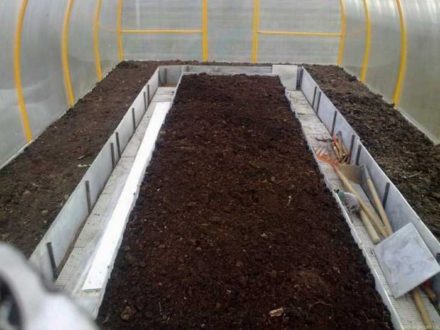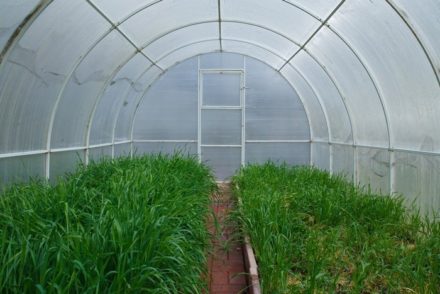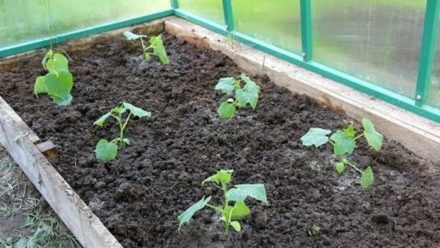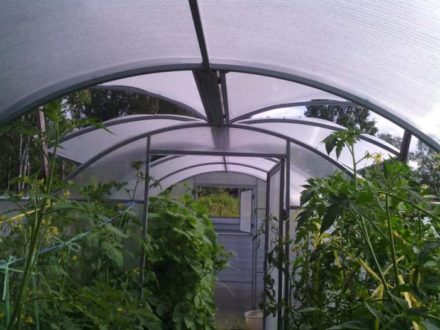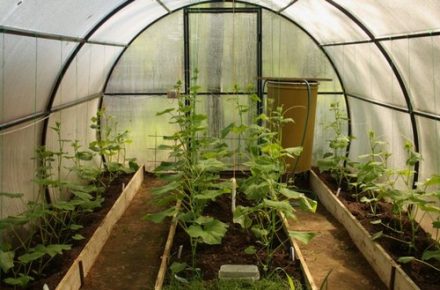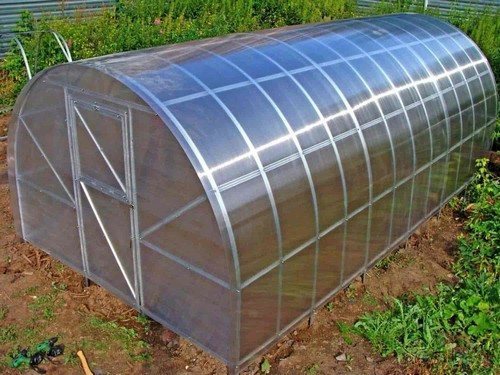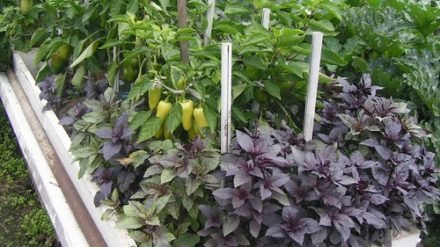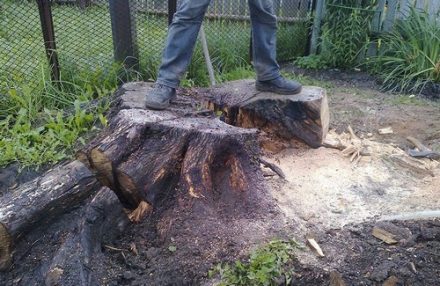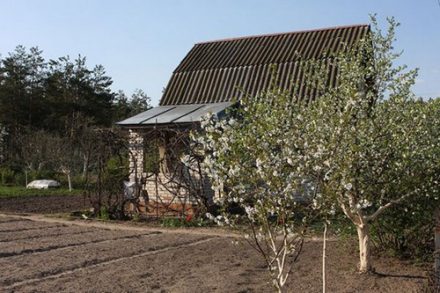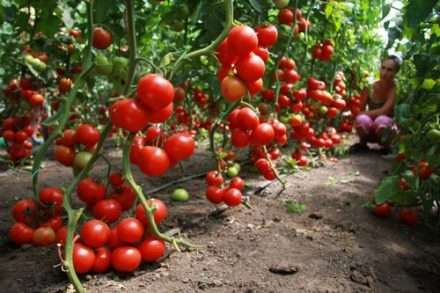Spring is a busy time for gardeners and gardeners. Tilling the soil and preparing it for planting vegetables takes place not only in the beds, but also in the greenhouse.
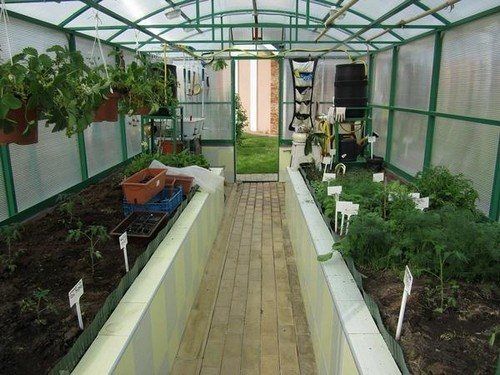
When May and June are cold, it is necessary to additionally “heat” the soil in the greenhouse. This is done for several reasons: to increase the speed of plant growth, increase productivity, and to protect against frost. There are several effective and affordable ways for this procedure:
- Handmade devices.
- Technical methods.
- Biological method.
DIY devices
These methods are low cost, but no less effective in use:
- paraffin burner. You will need: a tin can, cardboard, 2 paraffin candles, a galvanized bucket, a container for paraffin. Cut the can, roll the cardboard and insert it into the tin. Melt the paraffin and pour it over the folded cardboard. Then set it on fire and put it in a bucket;
- hot coals. It is necessary to fill a galvanized bucket with burning coals from a stove or fire and place it in the greenhouse. To fully heat a large volume of space, you will need several buckets of coals;
- plastic water bottles. You need to fill the bottles with clean water and place them on the north side along the beds with seedlings. During the day, bottled water heats up and then gives off its heat to the ground;
- cobblestones. The action is similar to water bottles.It is necessary to place large, heavy stones around the perimeter of the greenhouse. They heat up during the day and then give off their heat. And at night they cool down and cool the soil around them, thereby preventing the seedlings from overheating.
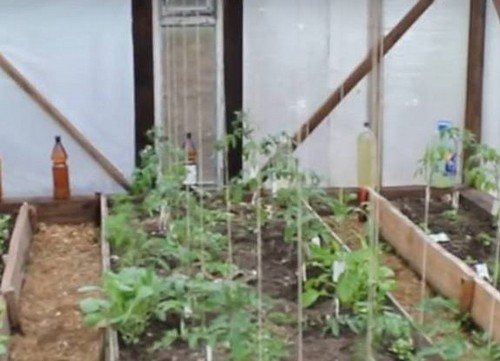
Technical methods
These are costly methods that require advance design. The heating system is equipped with various technical means:
- Water circuits are a universal method. A heating system is laid under the top layer of soil and connected to the boiler room. Advantage: it warms the space evenly without reducing air humidity.
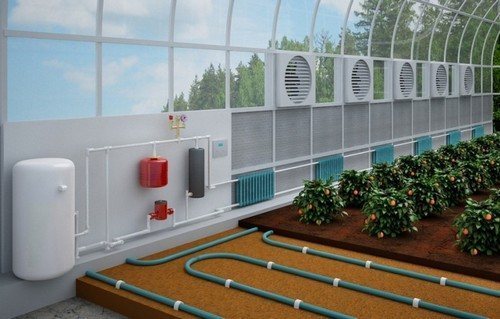
- Cable heating is an effective method. Under the soil layer there is a cable located like a snake, which heats up. Advantages: high heat transfer, automatic temperature control, durability and simplicity of design.
- Air heating. Pipes are built into the soil through which warm air moves and heats the soil. Or a stove is installed in a pit, and the chimneys are installed underground. And to raise the temperature faster, you can use a heater or an air heat gun. Advantages: availability, durability and ease of installation.
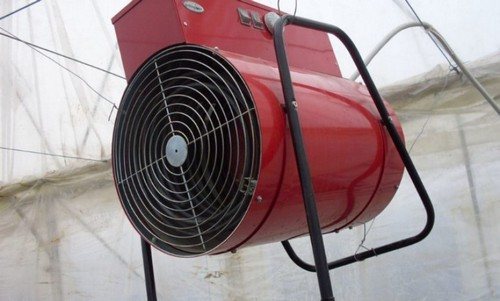
- Film materials. This method uses infrared film, the service life of which is about 30 years. With the help of such a film, you can create several zones of different temperatures in one greenhouse at once. Its advantages are that it does not affect air humidity, suppresses the growth of pathogens, and temperature indicators are easily regulated.
Biological method
For heating, waste is used, the decomposition of which releases heat.These include compost from leaves and straw and manure from domestic animals, which is watered to speed up the process of rotting and heat transfer.
To form warm beds, the top layer of soil is removed, compost is laid, and then covered with earth. The bed is raised. To prevent its edges from crumbling, it is necessary to strengthen the walls with a box made of wooden boards. Such a greenhouse will be heated for at least three years.
To choose an economical and effective heating method, you should focus on the size of the greenhouse, the material of the walls. It is also necessary to take into account the degree of depreciation and the cost of operating the heating, as well as the fact that the device of some heating systems requires preliminary preparation and some investment. This applies mainly to technical heating methods.


